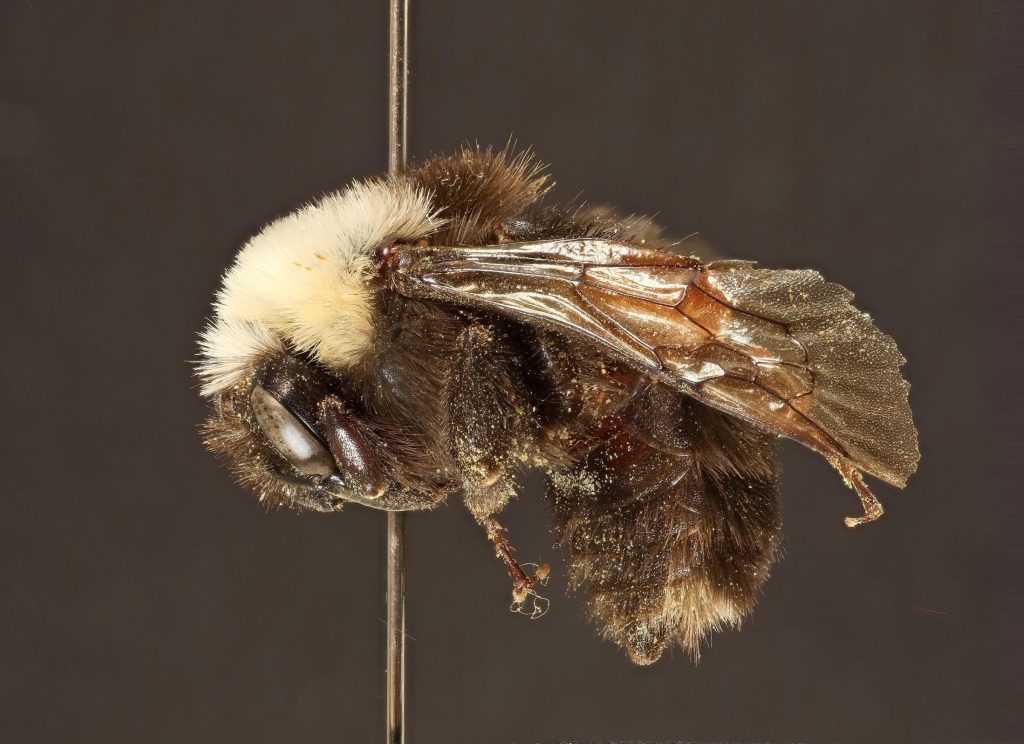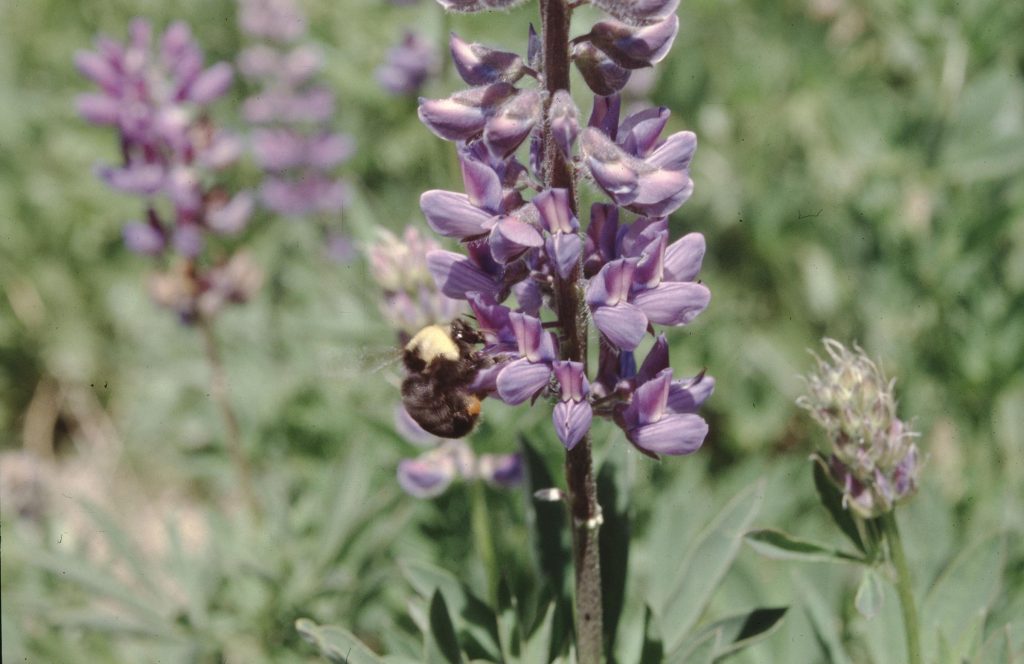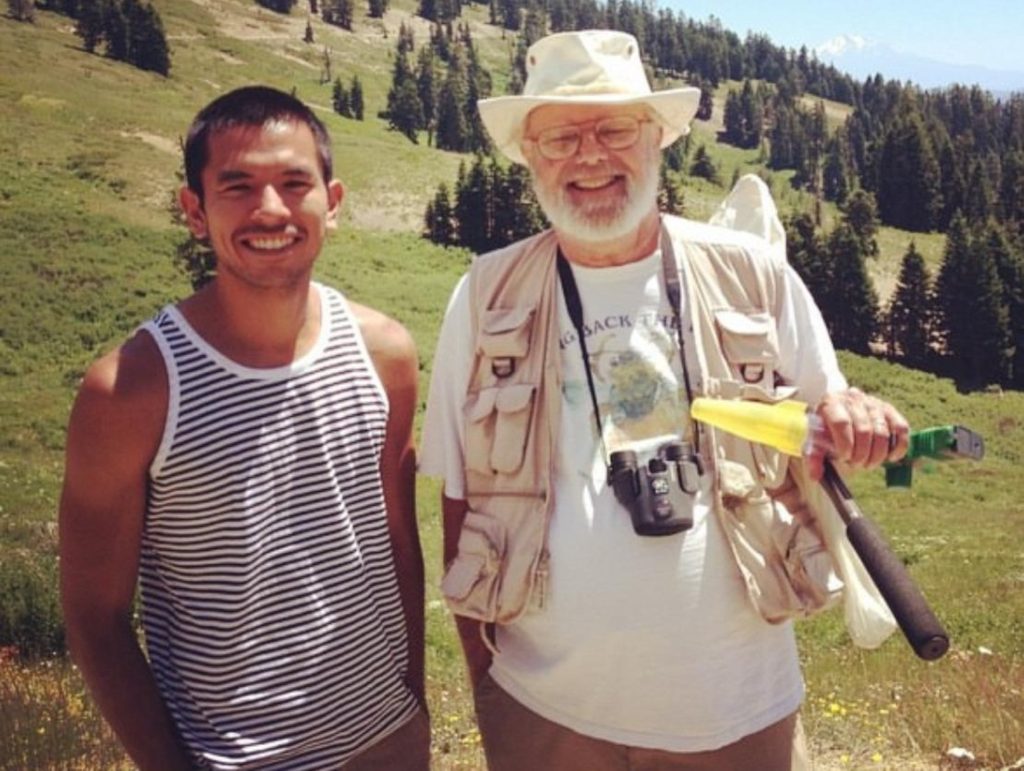Study: Rare North American bumblebee’s downfall began long before humans
New information about a rare bumblebee species last seen alive in 2006 has created a buzz among scientists who research pollinators and how to protect them.
A recent study — co-authored by a University of Hawaiʻi at Mānoa researcher — focused on the Franklin bumblebee, once found only in parts of Oregon and California, found that the pollinator might have been headed for extinction long before modern human impacts.

That suggests its long-term genetic vulnerability made it especially fragile and less able to cope with past and current environmental stresses.
The findings of the new study were published Oct. 20 in the Proceedings of the National Academy of Sciences.
Using DNA extracted from museum specimens collected throughout the past 40 years, scientists reconstructed the species’ genetic history to understand why it disappeared.
They found that the bees had very low genetic diversity and signs of inbreeding that dated back thousands of years.
Population declines began during a glacial period and worsened in recent centuries, and might have been influenced by natural stressors such as drought and wildfire.
Contrary to earlier hypotheses, researchers found little genetic evidence linking disease or pesticide exposure to the bee’s disappearance.
The Franklin bumblebee’s small population size and limited genetic diversity left it vulnerable long before modern human impacts, making it less able to cope with environmental stresses such as drought, fire or other natural challenges.

“Bumblebees are essential for pollinators of wild flowers and food crops important to human nutrition across the planet,” said study co-author Jonathan Berenguer Uhuad Koch, an associate professor and co-principal investigator in University of Hawaiʻi at Mānoa’s Pacific Cooperative Studies Unit. “In Hawaiʻi, where native pollinators are also under pressure from habitat loss, invasive species and climate change, the study offers broader lessons on how genetic factors can shape species’ resilience and extinction risk.”
The research also highlights the value of museum collections as a tool for modern conservation.
By sequencing DNA from the tissues of preserved specimens, scientists can uncover how population sizes change through time and identify which species could be most at risk in the future.
The study was led by a team of researchers from multiple U.S. institutions, including University of Hawaiʻi at Mānoa, and underscores the importance of identifying the long-term biological and environmental factors that shape pollinator declines.
Koch credited the late Robbin Thorp as a key mentor who inspired his career in pollinator conservation.
He met Thorp while in graduate school and joined him in the field searching for the Franklin bumblebee, an experience that shaped his lifelong commitment to understanding and protecting endangered bee species.
Pacific Cooperative Studies Unit is housed in University of Hawaiʻi at Mānoa’s College of Natural Sciences.




